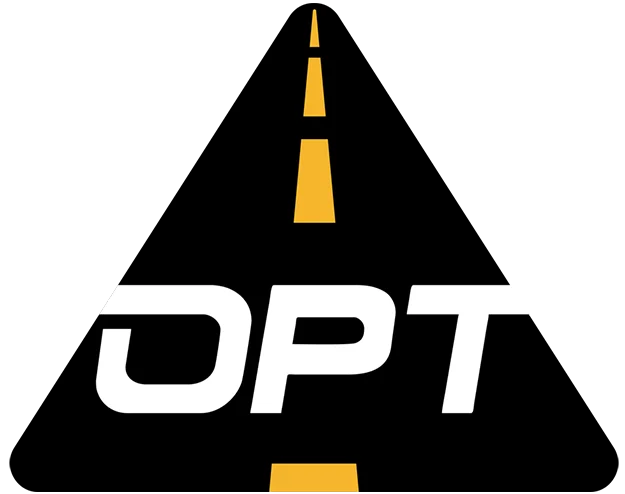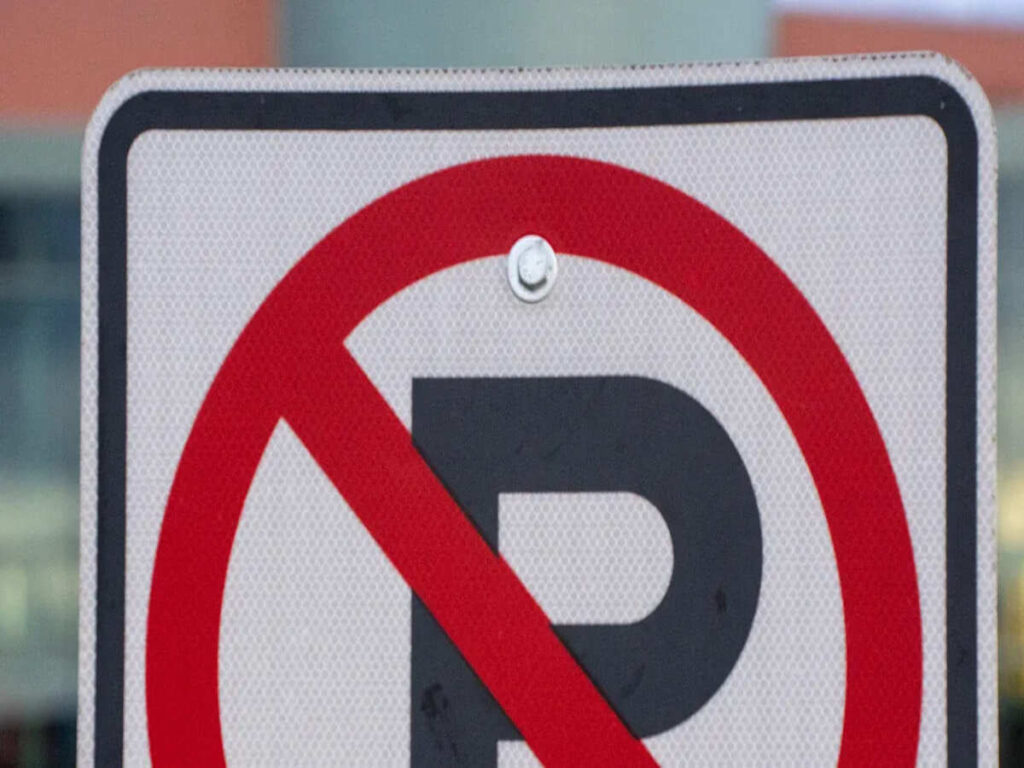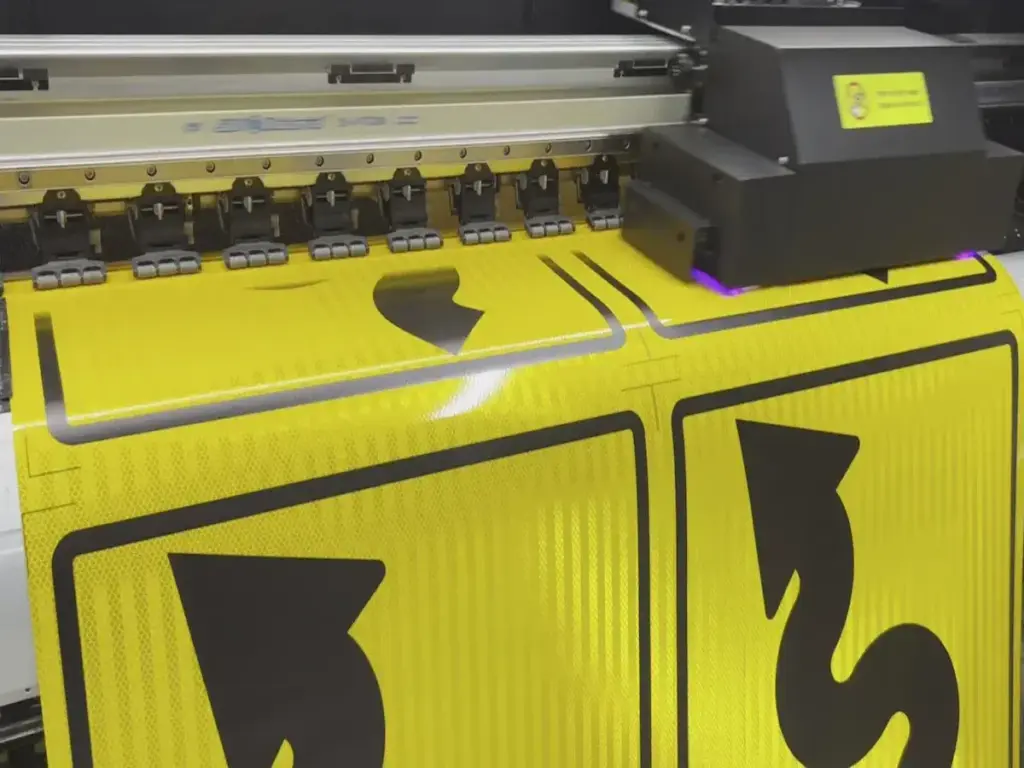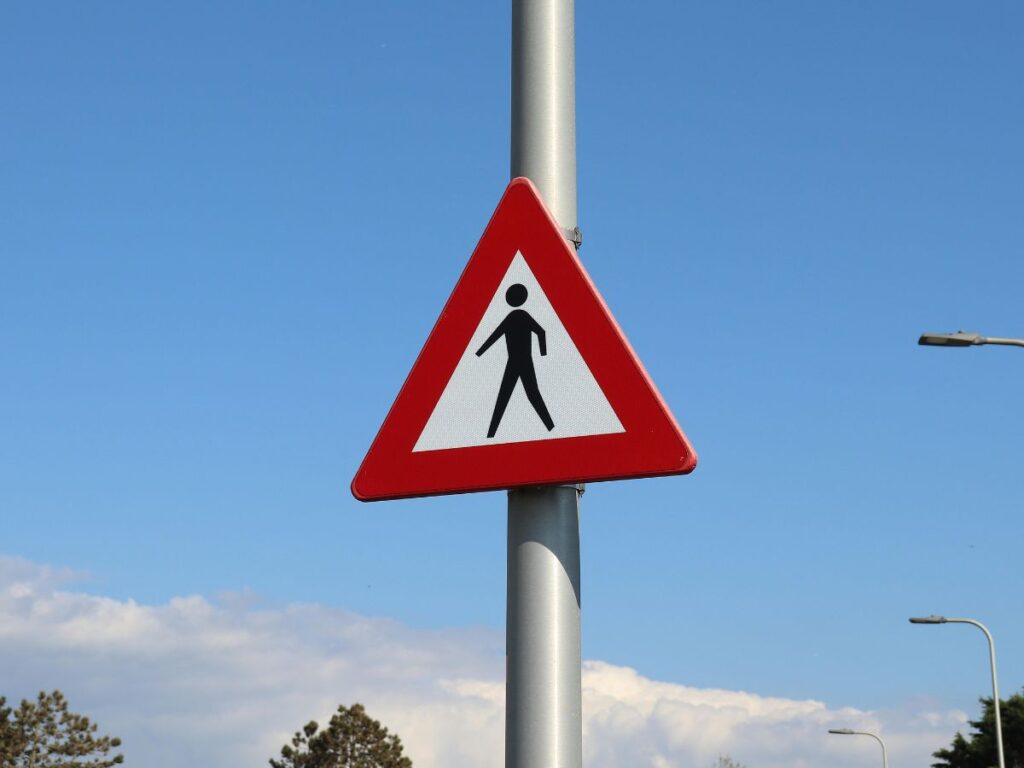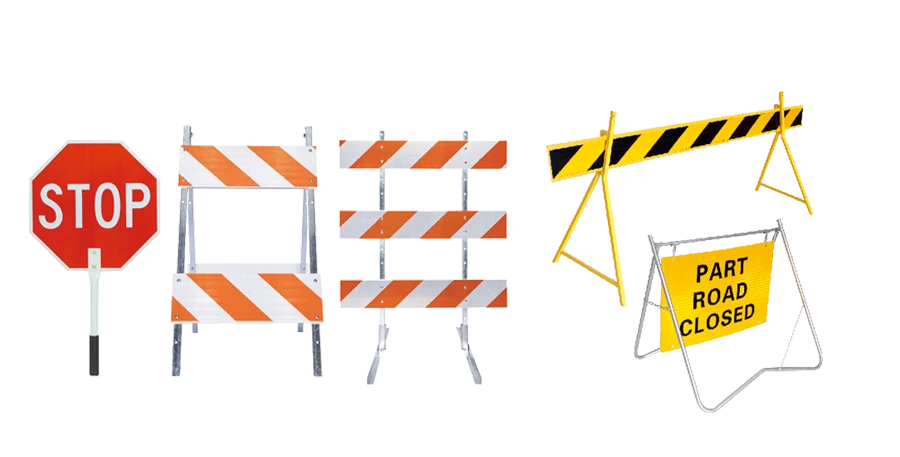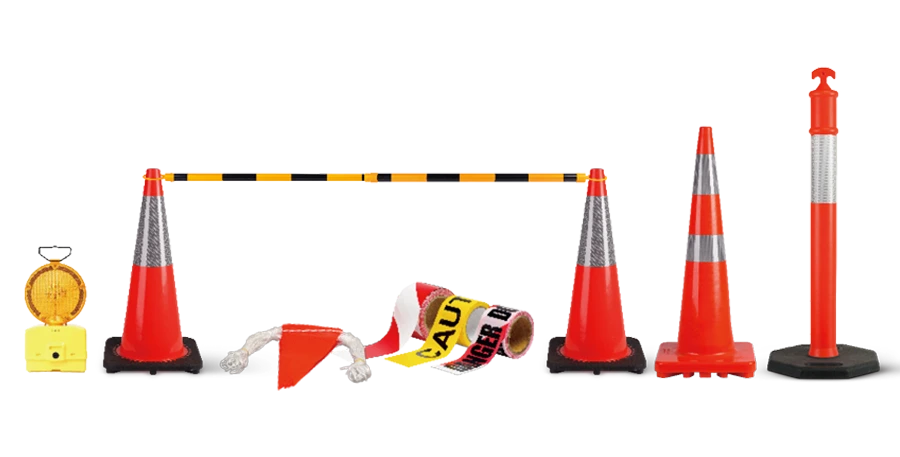
Безопасность дорожного движения остается важной проблемой, поскольку объемы движения увеличиваются во всем мире. Плохая видимость существенно способствует несчастным случаям, особенно в ночное время или при неблагоприятных погодных условиях. Светоотражающие указатели играют жизненно важную роль в решении этой проблемы, улучшая видимость и эффективно направляя водителей.. Эти устройства отражают свет фар, улучшение навигации в условиях низкой освещенности и снижение количества аварий до 40%, По данным Федерального управления автомобильных дорог.
Nighttime crash rates are disproportionately high, particularly for roadway departures. Wider edge lines and retroreflective markings have proven effective in reducing such incidents. Рефлексивные разграничители, as part of these solutions, provide clear visual guidance, ensuring safer travel for all road users.
🚦 Вы знали? Retroreflective pavement markers are especially beneficial during wet weather at night, as they prevent water accumulation and improve visibility.
By integrating advanced materials and innovative designs, reflective delineators have become indispensable tools in modern traffic safety systems.
The History of Reflective Delineators

Раннее развитие (1920с – 1940с)
The journey of reflective delineators began in the early 20th century when road safety became a growing concern. During this period, engineers experimented with basic materials like painted wooden posts to guide drivers. These early delineators lacked reflective properties, making them ineffective at night. Однако, the introduction of glass beads in road markings during the 1930s marked a turning point. These beads reflected light from vehicle headlights, improving nighttime visibility. This innovation laid the foundation for the development of more advanced reflective devices.
Post-War Innovation (1950с – 1970с)
The post-war era brought significant advancements in materials and design. Engineers introduced reflective materials and solar-powered LED lights, which greatly enhanced the functionality of reflective delineators. These innovations improved visibility, Особенно ночью, and made delineators more effective in guiding drivers. Eco-friendly materials increased durability, while modular designs allowed for adaptability in various traffic scenarios. These changes transformed delineators into versatile tools for road safety. You can see how these advancements addressed the growing complexity of modern road networks.
Standardization and Global Adoption (1980с – 1990с)
By the 1980s, reflective delineators had become a standard feature on roads worldwide. Governments and transportation agencies recognized their effectiveness in reducing accidents. International standards ensured consistency in design and performance, making it easier to implement these devices across different regions. В это время, manufacturers also began producing delineators in bulk, reducing costs and increasing accessibility. This period marked the global adoption of reflective delineators as a critical component of road safety infrastructure.
Modern Delineators (2000с – Подарок)
The 21st century has brought remarkable advancements in reflective delineators, making them more effective and reliable than ever before. Modern delineators now use cutting-edge materials and designs to meet the demands of today’s complex road systems. These innovations have significantly improved their performance, долговечность, и адаптивность.
One of the most notable changes is the use of durable materials like PVC and high-density polyethylene. These materials withstand harsh weather conditions and heavy impacts, ensuring long-term functionality. Reflective sheeting has also evolved, with diamond-grade options providing superior visibility even in challenging environments. This improvement ensures that drivers can see delineators clearly, снижение риска несчастных случаев.
Modern reflective delineators also offer a variety of base types, including solid black and surface-mounted bases, which enhance stability. These bases prevent tipping or displacement, Даже в районах с высоким трафиком. Кроме того, manufacturers have focused on flexibility, allowing delineators to bend under pressure without breaking. This feature makes them ideal for areas with frequent vehicle contact.
To better understand how modern delineators differ from earlier versions, take a look at the table below:
| Особенность | Modern Reflective Delineators | Earlier Versions |
|---|---|---|
| Материалы | Durable materials like PVC and high-density polyethylene | Less durable materials |
| Отражательная способность | High-performance reflective sheeting, including diamond-grade options | Standard reflective materials |
| Base Types | Various options for stability, including solid black and surface-mounted bases | Limited base options |
| Долговечность | Improved durability and flexibility | Generally less durable |
| Эффективность | Enhanced effectiveness in traffic control | Less effective in low-light conditions |
These advancements have made reflective delineators indispensable in modern road safety systems. By combining durability, видимость, и адаптивность, they ensure safer travel for all road users.
Technological Advancements in Reflective Delineators
Innovations in Reflective Materials
Recent advancements in reflective materials have revolutionized traffic safety. You now benefit from technologies like microprismatic designs, which use tiny prisms to reflect light directly back to its source. This innovation ensures that reflective delineators remain visible even from long distances. Laser-based technology has also emerged, creating intricate patterns on reflective surfaces. These patterns not only enhance functionality but also add a visually appealing element to road safety tools.
Reflective materials have expanded beyond roadways. Wearables, например, now combine safety with style. Modern reflective garments include built-in LED lights, offering additional visibility in low-light conditions. These advancements demonstrate how reflective materials continue to evolve, ensuring both functionality and adaptability in various applications.
Integration of LED Technology
The integration of LED technology has significantly enhanced the performance of reflective delineators. Solar-powered LED lights now illuminate delineators, reducing energy consumption while improving visibility. These lights ensure that drivers can easily spot delineators at night or during adverse weather conditions.
LED-equipped delineators also play a crucial role in reducing accident risks. By combining reflective materials with illuminated features, they provide a dual layer of visibility. This makes them indispensable in areas with high traffic volumes or complex road layouts. You can see how these innovations contribute to safer travel for all road users.
Интеллектуальные транспортные системы (ЕГО)
Reflective delineators are now an integral part of интеллектуальные транспортные системы. These systems use advanced technologies to improve traffic safety and efficiency. By integrating with ITS, delineators can communicate real-time information to drivers. Например, smart traffic cones equipped with sensors and reflective materials can alert drivers to construction zones or lane closures.
This integration enhances road safety by providing dynamic guidance. It also supports the development of smart road networks, where vehicles and infrastructure work together to prevent accidents. As ITS continues to evolve, you can expect reflective delineators to play an even greater role in creating safer and more efficient transportation systems.
Impact of Reflective Delineators on Road Safety

Enhanced Visibility and Accident Reduction
Reflective delineators significantly improve visibility, Особенно в низких или неблагоприятных погодных условиях. They guide drivers by reflecting headlights, ensuring clear road boundaries and lane markings. This enhanced visibility reduces the likelihood of accidents. Studies highlight their effectiveness, с Федеральное управление шоссе reporting up to a 40% Снижение несчастных случаев. Another study conducted between 2003 и 2005 showed even more impressive results. It recorded a 67% снижение аварийности, а 62% drop in fatalities, и 78% reduction in injuries.
These devices also help drivers maintain lane discipline, preventing collisions and roadway departures. By providing clear visual cues, reflective delineators ensure safer navigation through complex road layouts or hazardous areas. Their role in traffic safety cannot be overstated, as they create a safer environment for all road users.
Cost-Effectiveness and Durability
Reflective delineators offer a cost-effective solution for improving traffic safety. Their straightforward installation and low maintenance requirements make them a budget-friendly alternative to more complex traffic control systems. Durable materials like PVC and high-density polyethylene ensure these devices withstand harsh weather and heavy impacts. Эта долговечность сводит к минимуму необходимость частых замены, reducing long-term costs.
В дополнение к их доступности, reflective delineators enhance visibility in challenging conditions. They provide reliable performance over time, making them a practical choice for transportation agencies. Their ability to combine cost-effectiveness with durability ensures they remain a valuable tool in modern road safety systems.
Benefits for All Road Users
Reflective delineators benefit drivers, пешеходы, and cyclists alike. Для водителей, they enhance visibility at night and in poor weather, ensuring clear guidance along roadways. Pedestrians rely on these devices to navigate busy intersections or avoid hazardous areas safely. Cyclists benefit from delineators that define bike lanes, creating a clear separation from vehicle traffic.
Определение разграничений offer superior performance in terms of brightness and durability compared to traditional materials. The precision engineering behind the design ensures that the reflective markers remain effective over time, даже в суровых погодных условиях. This reliability makes them a vital safety feature for both urban and rural roads, contributing to safer driving experiences.
Future Trends in Reflective Delineators and Road Safety Technology
Sustainability in Design and Materials
Sustainability has become a key focus in the design of reflective delineators. Manufacturers now use eco-friendly materials like recycled plastics and biodegradable composites. These materials not only reduce environmental impact but also improve durability. Flexible traffic delineators made from recyclable materials help minimize waste and promote recycling efforts. Выбирая устойчивые варианты, you contribute to a greener future while maintaining effective traffic safety measures.
Lightweight designs also play a role in sustainability. They reduce transportation emissions, lowering the carbon footprint of traffic management operations. Durable materials ensure fewer replacements, which further supports environmental goals. These advancements align with global efforts to create sustainable infrastructure without compromising safety.
AI Integration in Road Safety Systems
Искусственный интеллект is transforming road safety systems. This allows for early detection of issues such as potholes or cracks, ensuring timely repairs. Reflective delineators enhance these systems by improving visibility and guiding drivers, особенно в условиях низкой освещенности.
Expansion of Smart Road Networks
Smart road networks are the future of transportation. Reflective delineators play a vital role in their development. Modern delineators use solar-powered LED lights to reduce energy consumption while enhancing visibility. IoT-enabled delineators communicate real-time traffic data, improving traffic management efficiency.
Eco-friendly materials like recycled plastics contribute to the durability of these devices, соответствие целям устойчивого развития. Flexible designs reduce waste and transportation emissions. Smart traffic cones further enhance safety by guiding drivers through complex road layouts. These features support safer and more organized traffic flow, reducing vehicle emissions and improving public health. As smart road networks expand, you can expect reflective delineators to remain at the forefront of traffic safety innovation.
Reflective delineators have transformed road safety by adapting to modern challenges. You benefit from advanced reflective materials that improve visibility at night, reducing accidents in low-light conditions. Solar-powered LED lights enhance visibility while conserving energy, делать дороги более безопасными для всех. Eco-friendly materials and modular designs ensure durability and adaptability, even in construction zones.
As urbanization increases, these innovations address growing traffic demands. IoT-enabled delineators now provide real-time traffic data, improving safety management. Continued advancements will help tackle future challenges, ensuring safer roads for drivers, пешеходы, and cyclists alike.
🚗 Кончик: Reflective delineators reduce accidents by up to 40%, making them essential for modern traffic systems.
